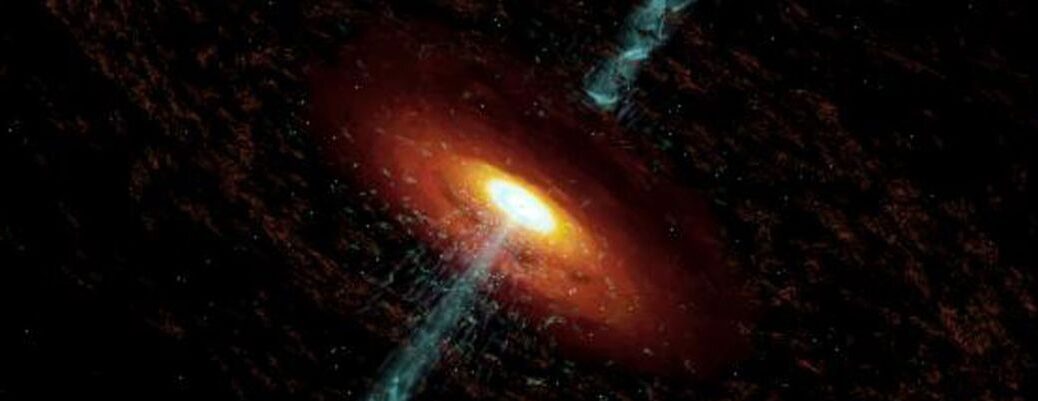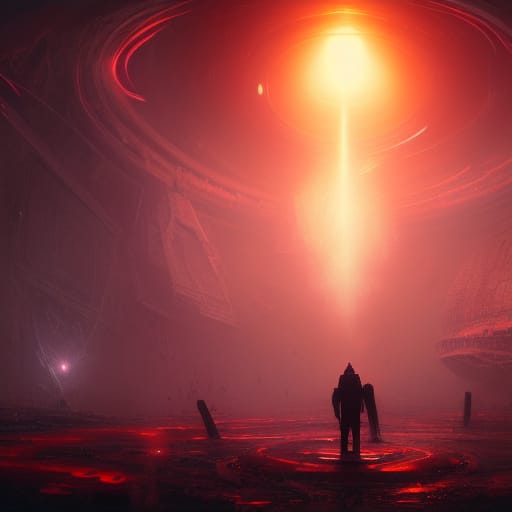While I am not a climate scientist and do not claim to have any special expertise in climate research, my interest is to analyze how a layman should organize his thoughts around this complex topic. Apply critical thinking to separate truth from propaganda and political posturing about climate change.
We have seen the media and leading voices on the topic of climate change promote the following ideas:
The term “denial” conflates healthy skepticism over extraordinary claims with the non-recognition of scientific facts that are largely beyond dispute. Extraordinary claims are certainly under dispute by experts in their fields, and the disingenuous label of “denial” is intended to chill skepticism. Skepticism is a hallmark of science. Authoritarian dogma (“settled science”) is the antithesis of science. Here is a sampling of dissent:
The case being made by the climate change activists contains several elements:
- Global temperatures have been rising at an alarming rate since the beginning of the industrial revolution. This is where science investigates the facts through measurements that are indisputable except for accuracy, error, and methods to ensure that the data is true. Unfortunately, even at this fundamental level certain scientists have exhibited misbehavior (Climategate), such as data manipulation, lack of transparency of unaltered data sets, what those data alterations were, exclusion of participants from peer review, exclusion of participants from publications, and suppression of dissent. While such misbehavior undermines the credibility of the science, on net the evidence does support the position that global temperatures have risen 1.2°C since the pre-industrial era.
- Warming is predominantly caused by increased CO2 concentrations in the atmosphere. The strongest argument in favor of attributing the cause of warming to CO2, as opposed to solar activity and any number of variables that affect the phenomena under measurement (e.g., proxies to temperature such as tree rings are sensitive to many factors like sunlight, rainfall, soil conditions, nutrients, and pestilence which cannot be separated from the effects of temperature), is the observation that surface temperatures have risen as lower stratospheric temperatures have dropped, which is predicted if greenhouse warming due to CO2 is the cause.
- Warming is unprecedented and unnatural. This is where science can provide insights into historical events and patterns. Articles such as Nature Unbound III: Holocene climate variability (Part A) and Part B give some perspective into natural trends over millennia that show large temperature variations and atmospheric CO2 levels that are natural and uncorrelated.
- Rising atmospheric CO2 levels are the result of emissions from burning fossil fuels, and therefore human activity is to blame. There can be little dispute that the post-industrial rise in atmospheric CO2 is primarily attributable to human activity.
- Elevated atmospheric CO2 levels and associated warming are bad.Melting glaciers, rising sea levels, increases in extreme weather events, disruptions of ocean currents, ocean acidification, and even mass extinctions are potential hazards that climate alarmists are warning of. These claims are strongly disputed [1][2][3][4]. Measuring a global trend and determining the cause are problematic. On the other hand, there is a fair amount of research that suggests that global warming has been beneficial.
- Rising atmospheric CO2 levels and warming trend will be catastrophic. Predictions of catastrophic levels of warming are based on climate models, which have had a very poor track record to date. Models have made predictions that do not comport with observations.
- Intervention is required to curtail human activity that emits CO2.
- Government policies are the proper means of intervention.
- The specific policies being advocated are the best solutions to prevent catastrophe and provide the best net benefit.
By the time we reach the final three claims about solutions, we must have already drawn conclusions from the previous six that global warming is catastrophic and predominantly caused by CO2 emissions from human activities. Any critical examination of the evidence would not support such a conclusion. The case for climate alarmism falls apart at the third claim. The evidence favors the Lukewarmers, “those who argue that carbon dioxide indeed is warming surface temperatures, but that its effect is modest and that we are inadvertently adapting”. However, let’s roll with the “hotheads” to see where they want to lead us.
When exploring practical solutions, we move beyond scientific research into the realm of engineering, which is applied science. How to solve the problem can either be compatible with liberty – relying on voluntary action; or the solutions can rely on coercion and force through government action. This falls into the political realm.
When evaluating how best to deploy scarce resources (e.g., labor, factors of production, capital investment) among various alternative solutions, we move beyond the physical sciences into the realm of economics, which is a social science. Humans cannot be treated as inanimate objects without free will, rationality, and rights.
Government policies cannot be implemented without expecting people to resist, avoid, or bypass them. Policies cannot anticipate how human ingenuity and innovation can provide better solutions; or how policies may impair such solutions from being developed, as crony regulations that protect incumbents and government “picking winners” have a tendency to do.
Government funding of scientific research has conflicts of interest. You tend to get the results that you pay for, because researchers understand that their funding will only continue if the government’s favored outcomes are achieved and their policy goals are supported.
Government funding of their preferred solutions results in cronyism. Let’s examine green energy subsidies. Here are some examples:
If climate change advocates cared about practical solutions to replacing CO2 emitting energy generation, they would support modern and future nuclear power technologies. This topic is explored in the article titled What are some policies that would improve millions of lives, but people still oppose?
What climate alarmists leave unsaid is their aim to scale back human activity to reduce the impact on the environment. It is a greater priority to preserve wilderness than to improve the standard of living for humans. People have no right to exist in their world view.
The popular movement against climate change is not primarily about science. Its main aim is political advocacy. That is, scientific arguments are used to support the political lobbying for government mandated economic solutions to future problems that are predicted by models based on the scientific explanations of physical phenomena that contribute to climate. In the realm of political debate and economics, the physical sciences are just a useful idiot, where cherry-picked results are used to promote the preferred policy goals. Popular opinion is driven by the desired political outcome, not by the truth of the science. Their goal is to shift power away from individuals seeking to improve their standard of living, and concentrating power in governments to implement collectivist policies that are used to implement cronyism and corruption.







